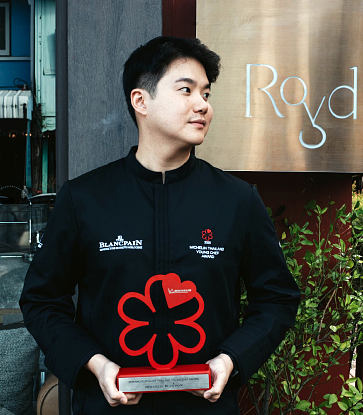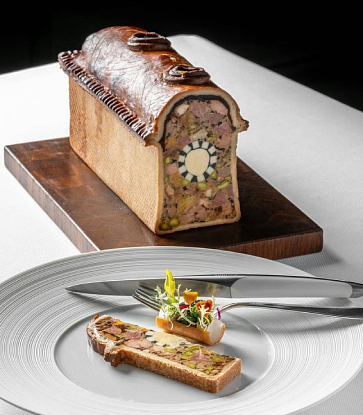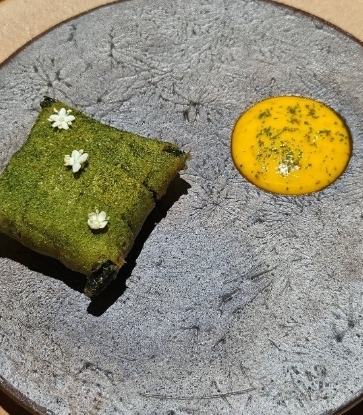The seventh edition of the MICHELIN Guide Thailand includes over 440 restaurants and street food stalls. We continue to cover all the major regions of Thailand, from Bangkok in the centre and Phuket in the south, to Chiang Mai in the north and four major provinces of Northeastern Thailand (Isan).
It has been a joy to have the opportunity to work in the two new areas in the south of the country: the beautiful island of Ko Samui and the mainland city of Surat Thani. These two additions in the scenic Gulf of Thailand complement our already strong selection of restaurants in the southern region, including some terrific new Bib Gourmands showcasing the delicious Southern Thai cuisine.
The country continues to recover from the global pandemic and the tourism sector has made steady progress in bouncing back, with international tourist numbers now in the ascendancy and a restaurant scene that clearly continues to develop and flourish. The diversity of restaurants in Thailand continues to amaze, with over thirty different cuisine types listed in the 2024 MICHELIN Guide Thailand.

We have noted the continued growth of a new breed of modern Thai restaurants such as NAWA and Wana Yook, helmed by a new generation of young and passionate Thai chefs who are pushing the boundaries of what we perceive as modern Thai cooking. Often creative and innovative, with thrilling flavours, emphasising the richness of Thai cuisine and acknowledging the enormous debt that they owe to the Thai culinary heritage and traditional techniques.
It's wonderful to witness a significant increase in the utilisation of locally produced Thai ingredients sourced from various provinces, with a prevailing emphasis on sustainable production. This trend, which has been present for some time, is becoming increasingly prominent, notably in upscale restaurants. The abundant array of Thai ingredients presents an excellent opportunity to conserve and promote the agricultural and culinary heritage of the country.
It is encouraging to see greater numbers of female chefs working in the F&B industry, who are not only just being chefs, but also entrepreneurs developing and shaping the culinary scene across the whole country. The great strides made by Chef Chudaree ‘Tam’ Debhakam at Baan Tepa and Garima Arora at Gaa have been nothing short of impressive.
There has been a growth of reservation-only, counter dining operations serving modern and innovative tasting menus such as Terroir, Juksunchae, and Small Dinner Club. Often getting reservations remains a challenge in the hottest and sought-after restaurants in Bangkok.
The trend for high-end Japanese restaurants in the capital shows no sign of abating, with the opening of Den Kushi Flori, Nikaku, Sushi Saito, and Sushi Saryu.
Over the last year, our inspectors have travelled the length of the country experiencing the true diversity that Thailand has to offer, from modern restaurants pushing culinary boundaries to simple street food stalls. Each one of them showcases the beauty and depth of Thailand’s rich gastronomic heritage. It remains a country where you can eat remarkably well – often at appealingly low prices – across the whole dining spectrum.
Illustration image: © Shutterstock



















